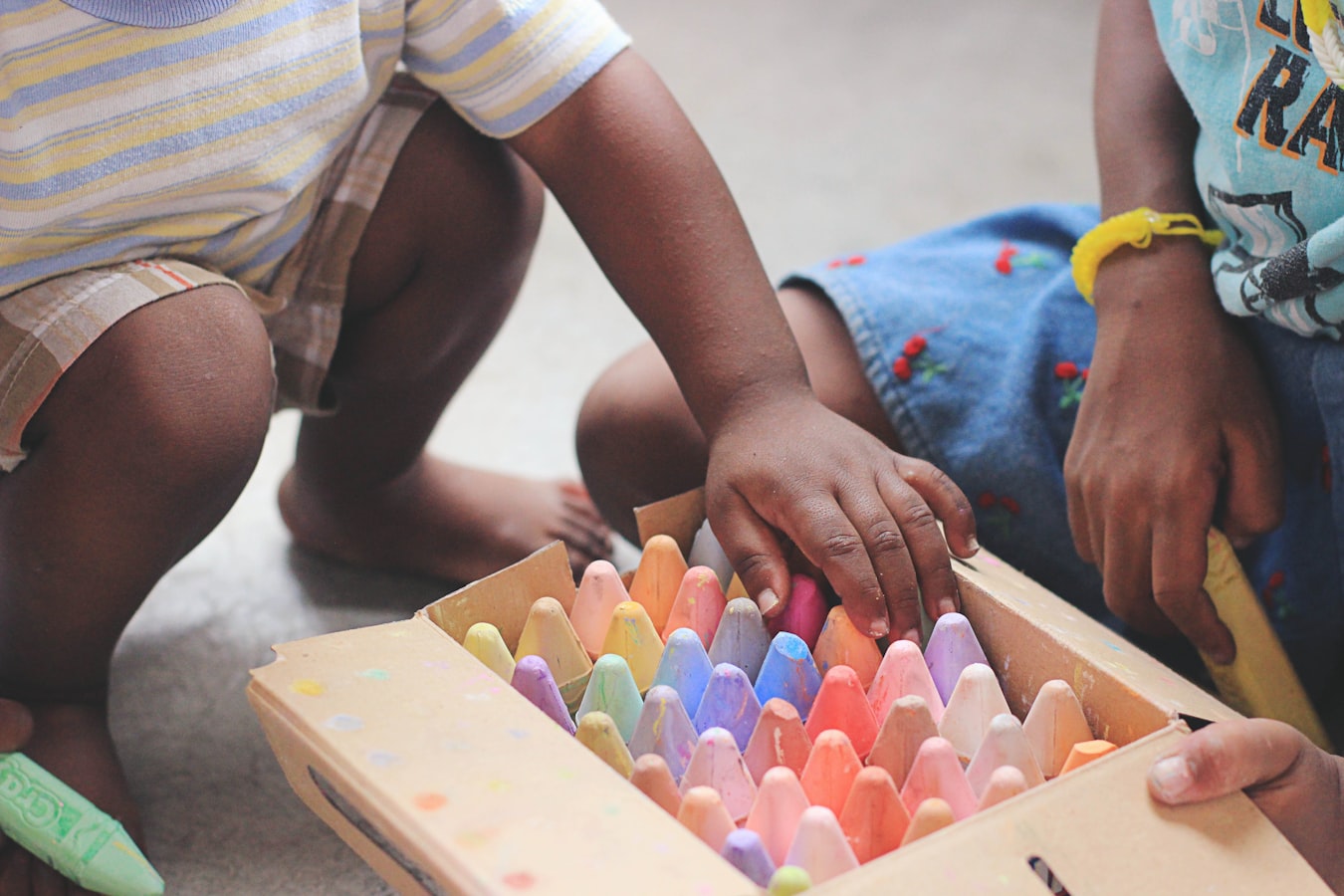A catastrophe involving large crowds at a religious gathering in northern India yesterday resulted in the deaths of over 100 people, with many more injured.
Authors
Milad Haghani
Senior Lecturer of Urban Mobility, Public Safety & Disaster Risk, UNSW Sydney
Claudio Feliciani
Project Associate Professor, Department of Aeronautics and Astronautics, School of Engineering, University of Tokyo
The disaster, in the Hathras district southeast of the capital New Delhi, unfolded during a Satsang (spiritual discourse) by a popular preacher which drew thousands of devotees.
This is the latest in a long list of crowd disasters in India.
Although much of the media coverage has described this event as a crowd “stampede”, this obscures failings in how the event was planned and run.
India has seen many such catastrophes
In recent history, India has witnessed several tragic crowd-related catastrophes.
On January 1 2022, a disaster at the Mata Vaishno Devi shrine in Jammu and Kashmir resulted in 12 deaths and 15 injuries. The incident was triggered by an argument among pilgrims during New Year celebrations.
On December 28 2022, a stampede at a political rally in Andhra Pradesh state in India’s south led to eight deaths as supporters surged towards the stage.
On November 25 2023, a crowd incident at a university concert in Kerala in India’s south caused four deaths and numerous injuries.
In 1954, millions gathered for a religious pilgrimage at the Prayag Kumbh Mela in northern India, resulting in a crowd disaster that claimed around 800 lives. This incident remains the deadliest crowd disaster in India’s history.
A global database of deaths from crowd accidents shows more than 1,477 people have lost their lives since 2000 in over 50 disastrous mass gatherings in India (excluding the very recent incident).
India remains one of the biggest hotspots for deadly crowd accidents in the world, particularly over the past two decades.
Other major hotspots include Saudi Arabia, mainly due to incidents during the annual Hajj pilgrimage, and some parts of West Africa.
A sobering trend of crowd disasters
A look back at the history of crowd accidents reveals a noteworthy and sobering trend.
In the 1980s, most crowd accident deaths occurred at sporting events. However, nowadays, most happen at religious gatherings, particularly in low- and middle-income countries.
High-profile examples, such as the UK’s Hillsborough stadium disaster in 1989, led to the development of crowd management guides, better practices, and heightened awareness in sport arenas, especially in Europe. These measures have made sporting events significantly safer for crowds. But there haven’t been similar improvements for religious gatherings.
Today, for ticketed large events there’s usually extensive risk assessment, planning and operational control. Organisers can monitor and spot the risk as it unfolds and take real-time actions. Planning includes computer modelling of the event in terms of crowd movement, estimating evacuation times, and monitoring how people enter and leave the premises, among other factors.
However, these steps are not necessarily taken with religious mass gatherings.
Exits can be overwhelmed
Media reports indicate the venue where the recent tragedy took place was three times over its capacity.
A crowd that gathers gradually over an extended period of time during such an event would want to exit the venue all at once at the end. This means exits are grossly insufficient.
This simple inadequacy of exit capacities relative to the size of the crowd appears to be one of the main causes of the recent tragedy in India.
In many cases, the sheer pressure of the crowd at narrow exit points can lead to suffocation, which was reported with this latest tragic event. Clearly, individuals with smaller body sizes and shorter heights are at higher risk. This is reflected in the large number of women and children reported as casualties.
It’s not a crowd ‘stampede’
The media has used the word “stampede” to describe such events. This is often a blanket term to describe crowd accidents, often regardless of the underlying cause. It catastrophises events involving crowds, especially in relation to religious gatherings or when details of the incident are vague.
But using terms like this has implications. It essentially puts the blame on the people involved in the incident and on the way they behaved. In fact, crowd behaviour is often not the main cause of such incidents.
Perpetuating this narrative often allows organisers to be absolved of responsibility and demotivates authorities from investigating the root cause of the problem.
This leads to a vicious cycle of accidents occurring without any practical measures implemented to prevent the next one.
One member of India’s parliament told The New York Times:
Every year, these kinds of incidents keep repeating themselves, and we learn nothing.
We need to learn from past events
Crowd accidents, particularly at religious mass gatherings in developing countries, are becoming a more common cause of premature death worldwide.
In recent weeks, more than 1,300 pilgrims died during the Hajj. The recent incident in India soon followed.
While the number of deaths at the Hajj is higher, the mortality rate at the recent Indian gathering is significantly higher (we’ve calculated this at 0.065% for the Hajj versus 0.77% for the Indian incident).
This calls for rigorous regulation, proper risk assessment, planning, security provision and crowd monitoring.
Targeted, evidence-based public education campaigns can raise awareness and significantly reduce the likelihood and impact of such events.
Just as we pursue zero deaths on the roads, crowd accident deaths should be recognised as a preventable cause that needs addressing, especially in developing countries.
![]()
Milad Haghani receives funding from The Australian Research Council.
Claudio Feliciani receives funding from the Japan Society for the Promotion of Science and the Japan Science and Technology Agency.








